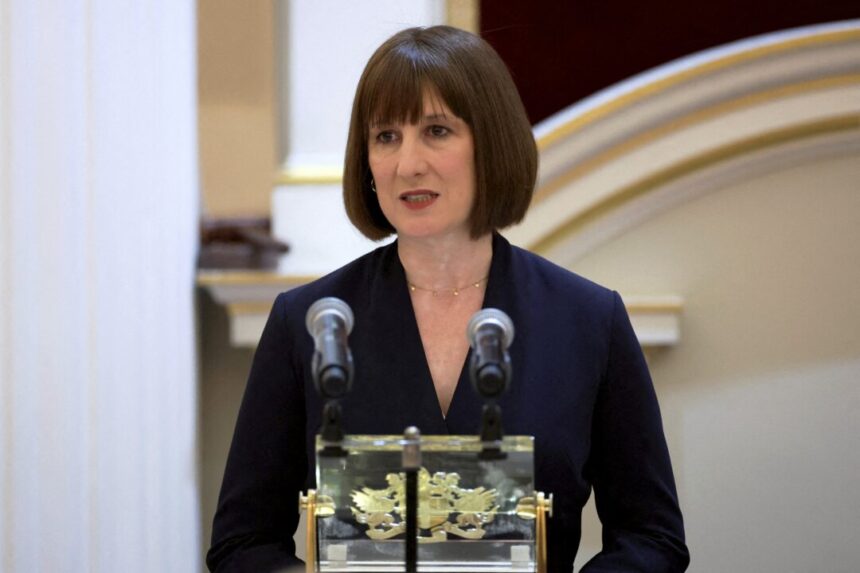At the end of October, the public debt, excluding state ownership in banks, was estimated to be 97.5 percent of GDP. In the same month, government borrowing increased to £17.4 billion, the second highest October figure on record. This rise in borrowing was attributed to a £1.6 billion difference between public sector spending and income compared to the previous year.
Jessica Barnaby, the deputy director for public sector finances at the Office for National Statistics (ONS), highlighted that October’s borrowing was the second highest since monthly records began in 1993. The ONS data, released after the October Budget, showed an increase in central government receipts despite cuts in national insurance rates.
Tax receipts also saw growth, reaching £61.3 billion, driven by higher corporation and income taxes, as well as a slight increase in VAT receipts. The government’s total expenditure for the month was £88.5 billion, £3.9 billion more than the previous year.
The Office for Budget Responsibility (OBR) noted that higher central government spending contributed to the year-on-year increase in borrowing. The ONS reported that government borrowing in the first seven months of the financial year totaled £96.6 billion.
Looking ahead, the OBR anticipates that government spending will continue to rise, with two-thirds allocated to day-to-day spending and one third to investment. Labour’s fiscal plan includes tax increases to address a financial deficit inherited from the previous government.
The UK’s public debt stands at 97.5 percent of GDP, with efforts to reduce debt and prioritize investment. Despite the challenges, the government remains committed to managing public finances responsibly.
Please note that this content was adapted for a WordPress platform while retaining the original information and structure. Please rewrite this sentence.
Source link





